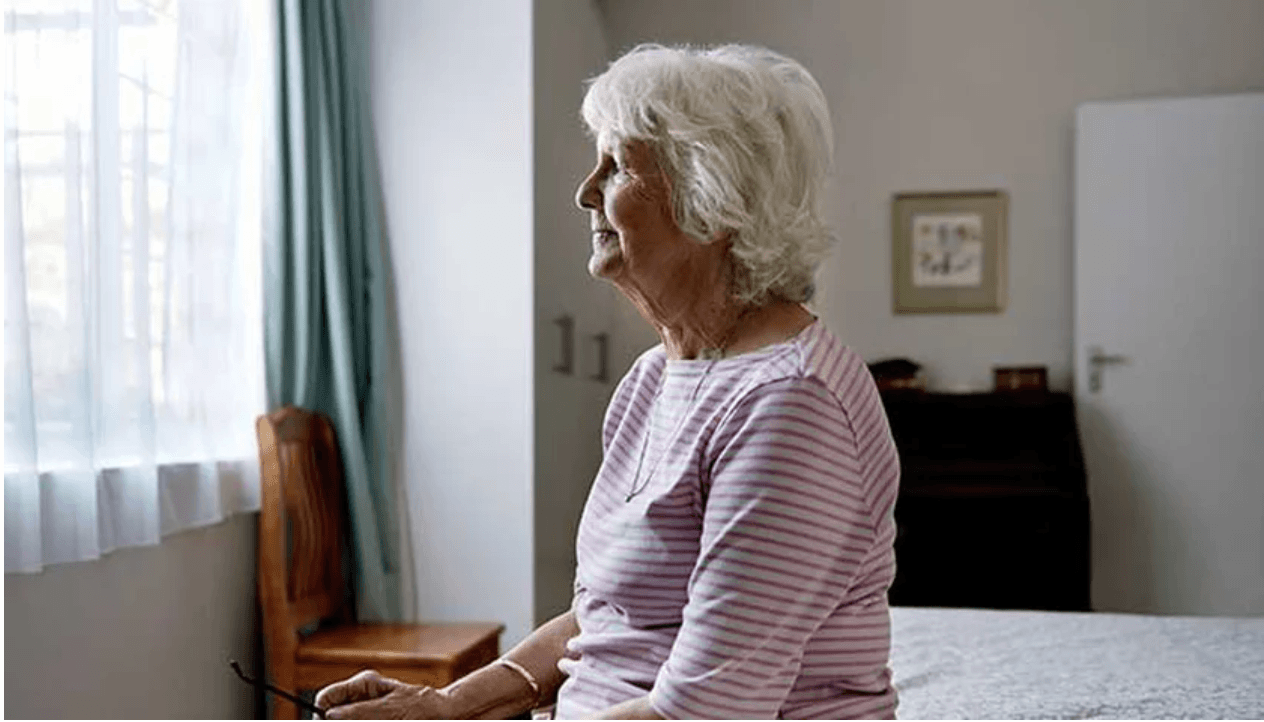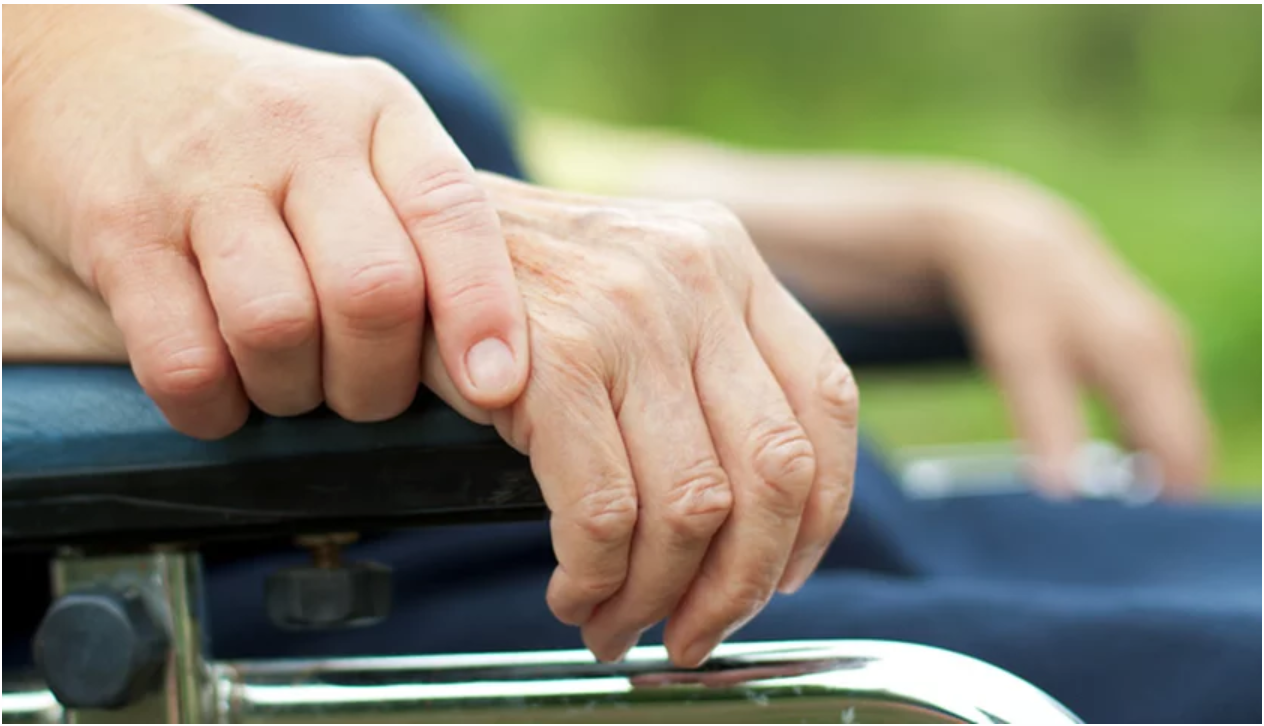
Blog Layout
Type 2 Diabetes: Causes, Prevention, and Treatment
Lisa Reisman • Aug 28, 2019
How can we help you today?
Thank you for contacting us.
We will get back to you as soon as possible.
We will get back to you as soon as possible.
Oops, there was an error sending your message.
Please try again later.
Please try again later.
Type 2 Diabetes Prevention and Treatment
Type 2 diabetes typically comes as a result of lifestyle choices and predispositions over time. In this article, we will discuss the risk factors, treatment options, and crucially, how to prevent diabetes.
The Prevalence of Diabetes
As the 7th leading cause of death in the US, diabetes is a serious issue. 9.3% of US citizens suffer from diabetes, and 2.6% are unaware that they have it. Additionally, 27.5% of US citizens are unaware that they have prediabetes, which could lead to type 2 diabetes. However, no matter what their relationship to diabetes, your loved one can live a full, healthy lifestyle.
How Diabetes Works
The pancreas produces insulin to break down glucose, meaning that it helps your body to digest sugar and convert it to energy. With diabetes, the pancreas either cannot produce a sufficient amount of insulin or it has developed a high resistance to insulin. Fatty tissue causes an increased resistance to insulin, especially if the fat stores in the abdomen (near the pancreas).
Symptoms and Complications
Because your body fails to convert your ingested glucose into energy, you can experience hunger, fatigue, and irritability. Your body will try to cleanse itself of the excess, indigestible glucose, causing you to urinate more frequently and experience thirst. Other symptoms of diabetes include increased infections, slow wound healing, foot ulcers, and sleep apnea. Another sign of diabetes is dark spots on the back of the neck or the knuckles.
High blood glucose levels can hurt your circulatory system (your heart, blood vessels, and arteries). Diabetes or prediabetes also puts you at risk for the following conditions:
Heart disease
Kidney disease
Nerve damage
Gastroparesis
Weakened muscles
Foot and leg deformity
Hyperosmolar Hyperglycemic State (HHS)
A scary possibility that comes with type 2 diabetes is hyperosmolar hyperglycemic state, which poses high risk to elderly individuals especially. For diabetic people, another illness (any of the ones listed above or recent trauma) coupled with high blood sugar may set off HHS. If your loved one has HHS, he or she might begin to experience extreme dehydration, fever, seizures, and confusion. If left unchecked for several days, they might also begin to lose functionality in their muscles or go into a coma. There is also a likelihood as high as 20% that your loved one could die from a case of HHS.
If your loved one seems to show any of these signs, you should take them to the hospital immediately for fluid and insulin correction and professional monitoring. However, you and your loved one can work to avoid this possibility altogether by following the diabetes maintenance suggestions detailed in this article.
Risk Factors
In general, having a parent or sibling with diabetes, naturally high blood sugar and/or blood pressure (over 140/90), and high stress levels will increase your risk for type 2 diabetes. Caucasian Americans have less of a risk for type 2 diabetes on average than Asian Americans, African Americans, Hispanic Americans, and Pacific Islanders, but people of all backgrounds can acquire the condition. You can calculate your BMI
(Body Mass Index) based on your height. Here are the average BMIs that put people of different races at risk for type 2 diabetes:
Asian American: 23 or greater
Pacific Islander: 26 or greater
Other races: 25 or greater
Between the sexes, there is equal risk for diabetes. However, there are specific risks that women should know. Having a baby of 9+ pounds, polycystic ovarian syndrome, and especially gestational diabetes (a short-term case of diabetes that can occur during pregnancy) might indicate that you or your loved one has an elevated risk for type 2 diabetes.
Lifestyle choices strongly influence risk for diabetes as well. Having more fatty tissue in the abdomen will harm insulin production over time. For women, a waistline of 35+ inches increases the risk, and for men 40+ inches. Participating in physical activity fewer than 3 times a week will increase the retention of fatty tissue and decrease insulin use. Additionally, research shows correlations between high stress levels and poor sleep habits with diabetes.
Natural Prevention and Management
For type 2 diabetes, lifestyle choices are key to preventing and managing symptoms. Inform yourself about diet, exercise, stress management, and sleep habits to share with your family how to prevent diabetes naturally.
Diet
No matter who you are, you should choose healthy foods to prevent diabetes. A diet of fresh fruits and veggies, whole grains, beans, lean meats, and low-fat dairy can sustain your body and help you to thrive despite diabetes. The fresher, the better. Avoid foods with added sugars and butter. Canned fruits and vegetables often have extra sugars and sodium, so be mindful of their labels. Choose natural sweeteners, steaming and roasting instead of frying, and lean meats like chicken and fish instead of red meats.
On the other hand, junk foods, even if consumption seems moderate, are foods that contribute to diabetes. Studies show that people who eat fast food twice or more on average per week tend to increase insulin resistance at twice the rate of someone who consumes less fast food. To make sure you and your loved ones get proper nutrition on an individual basis, talk to a dietician about the best foods
and the right portion sizes.
Crucial to both dietary habits and exercise regimen is hydration. Because type 2 diabetes increases urination, people with the condition must take special care to drink enough water
for their body type and activity level.
Exercise
Exercise reduces glucose in blood—like insulin, physical activity converts glucose into energy for your body. Regular exercise helps to break down glucose despite any problems with insulin, and it even helps to decrease insulin resistance. It also decreases the correlated risk of heart disease, and it improves the quality of your sleep and lowers your stress levels. It is also worth noting that exercising for 5-7% weight loss often helps at-risk individuals to prevent diabetes.
Try to get 30 minutes of aerobic exercise, also known as cardio, at least 5 times per week. You can break that time into smaller sessions throughout the day to accommodate your schedule and still achieve the same result. If your loved one has lived a sedentary lifestyle for a while, it might intimidate them to exercise, but you can assure them that there are low-intensity exercises
to help them get active. Start with walking and swimming or other water aerobic exercises. As your senior loved one becomes more comfortable over time, try jogging, dancing, and hiking.
Additionally, try to practice strength training at least twice a week. Strength training increases the body’s sensitivity to insulin, and it builds muscle to burn fat. Lifting weights or other objects, using resistance bands or machine equipment, a strength-training class, and even gardening can help to build up strength. You can participate in many of these activities with your loved one to keep your family fit and active.
Stress Management
Stress increases glucose levels which the body would normally turn into energy in order to escape or fight against a dangerous threat. With diabetes, however, insulin cannot convert the energy as effectively, causing glucose backup in the blood. Physical stress can raise blood glucose for both type 1 and type 2 diabetes, but mental and emotional stress have a particularly strong effect on people with type 2 diabetes.
To help your loved one manage stress, encourage activities that will make them feel a sense of purpose and peace. Participate with your loved one in charitable activities by volunteering your time to a worthy cause, or take up a new hobby or class with them. Note that regular exercise, described above, also lowers stress levels.
Sleep
Consciously or not, people who sleep less often try to get their energy from food, causing weight gain. Having more fat can also obstruct airways, making breathing more difficult during sleep. Low blood sugar might cause you to urinate often during the night, interrupting your sleep. People with diabetes tend to suffer from constant exhaustion because of their lack of energy. It is a vicious cycle: insulin resistance causes fatigue, and fatigue causes higher insulin resistance.
On the other side of that, eating healthy, sustainable foods correlates to higher sleep quality. As for the amount of sleep, your loved one’s need depends on genetics, but note that people who sleep 6 hours or less on average have a higher risk of developing diabetes. Most people need about 7.5 hours of sleep every night. Help your loved one to keep a firm sleep schedule with a daily routine. Encourage them not to consume caffeine or alcohol right before bedtime so they can pass into sleep peacefully. Also consider putting up heavy curtains and removing noisy items from their bedroom to block out disruptive light and noise.
Insulin and Medication
If your loved one already deals with type 2 diabetes, diet and exercise may help, but they may need another form of treatment to supplement a healthy lifestyle. Track your loved one’s progress with a doctor so that he or she can determine the right time to consider that option. When it comes to medication, usually your loved one should pursue pills before insulin shots. Doctors commonly prescribe metformin first. Metformin lowers blood sugar by decreasing your liver’s glucose production and decreasing your body’s resistance to insulin.
Eventually, your loved one will likely need to begin taking insulin shots. Once the pancreas can no longer produce insulin at all, only shots can provide it to the body. The needle might scare your loved one at first, but it is small and quick. Adjustment should happen fairly easily. It is possible that your loved one would only need insulin shots in the short-term. There are different types of insulin, and your doctor can help you determine which kind will work best for you based on your lifestyle, size, age, and response to insulin shots.
Testing for Diabetes
The most current diagnostic test for diabetes is the glycated hemoglobin (A1C) test. The doctor will draw blood to measure the amount of glucose in red blood cells. For an A1C test, your loved one will not have to fast or prepare in any special way to get accurate results.
Possible results of the A1C test:
Normal: below 5.7%
Pre-diabetic: 5.7% to 6.4%
Diabetic: above 6.4%
If your loved one has a hemoglobin variant, your doctor can apply other tests
to determine diagnosis.
Hopefully, you can now help your family not only to learn how to prevent diabetes but also how to live a full, happy lifestyle despite diabetes.

14 Aug, 2020
You’ve heard the name many times by now— Coronavirus (or COVID-19) is a disease that’s become so deadly it’s spiraled us into a global pandemic. For those unfamiliar with how it got its name, in COVID-19, 'CO' stands for 'corona,' 'VI' for 'virus,' and 'D' for the disease. According to the CDC, “coronavirus” is actually an umbrella term for a family of viruses that can cause illness in animals or humans.

By Lisa Reisman
•
29 Aug, 2019
No matter what age, we all have moments of confusion. But when your elderly loved one is consistently exhibiting these signs, it might be because s/he is undergoing cognitive impairment. Having difficulty comprehending is a common sign these problems; however, it is often brushed aside as "old age." The person experiencing these difficulties may make excuses: the TV shows today are too complicated, their family members talk too fast, the lights are too dim to read. Ignoring the signs of comprehension difficulties, though, just make life harder for everyone involved. Comprehension and Confusion Comprehension is the opposite of confusion. Comprehension is a complex process in the brain through a system of nerves and chemicals, and it involves language, recognition, and function processes. Cognitive impairment disorders like dementia and Alzheimer's disrupt those complex processes. It can manifest as sudden memory loss, impaired motor coordination, and other more subtle thought processes that we will discuss. When someone has difficulty with comprehension, s/he has trouble putting together the various actions needed to perform a task. For example, your mom might need a cup from the cupboard. In order to do so, she must first decide she wants the cup. Then she might need to get out of her chair, walk across the kitchen, raise her hand, open the cupboard, and take the cup out of the cupboard. If she has difficulty with comprehension, she will have a hard time putting all of these elements to work to achieve her goal, which might result in several different outcomes: she could fall, break the cup, or just forget what she was doing before she reaches the cupboard. She knows what she wants to do but has trouble making all the connections necessary to get there. How Cognitive Impairment Affects Your Loved One Difficulty comprehending is frustrating for your elderly loved one and for you, but the first step toward helping your loved one is understanding what s/he is experiencing. Here are some examples of how someone with dementia or Alzheimer's disease might have trouble comprehending everyday situations. TV/books: Someone with dementia might not be able to follow a basic storyline and could not tell somebody else what is going on in the TV show or book. Social situations: Someone with dementia might see two children playing and interpret that they are fighting or vice versa. The person with dementia may step in and try to resolve the situation without realizing what is actually happening. Conversations: As with the TV/book example, someone with dementia can't follow an everyday conversation . S/he doesn't know who or what is being discussed and especially cannot tell when the subject matter has changed. Time: Someone with trouble comprehending will have difficulty telling time and might not know whether it is day or night. How Cognitive Impairment Affects You Because of these comprehension difficulties, the person experiencing dementia or Alzheimer's disease will rely on the people around him/her to tell him/her what is going on. For instance, your loved one may constantly ask you to repeat yourself. S/he may also have trouble following instructions. These situations can be aggravating for you, particularly if they are new, however it is important to understand that your loved one is not trying to bother you by failing to follow directions or asking you to repeat information over and over. These are symptoms of cognitive impairment , and neither you nor they can control it. If your family member begins to exhibit any of these signs, take him or her to your physician with a description of the comprehension difficulties you've noticed so that s/he has plenty of information for a cognitive function assessment. If the doctor diagnoses dementia or Alzheimer's, ask specific questions about treatment so that you can do your part to serve your loved one despite mild cognitive impairment. It is important to get help for your loved one, and there is no reason for you to care for your loved one alone. Caring for an aging relative requires time, patience, and expert care. Complete Care At Home can help you create a customized plan to meet the unique needs of your loved one with dementia or Alzheimer's disease. Contact us today for an expert assessment.






